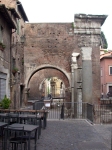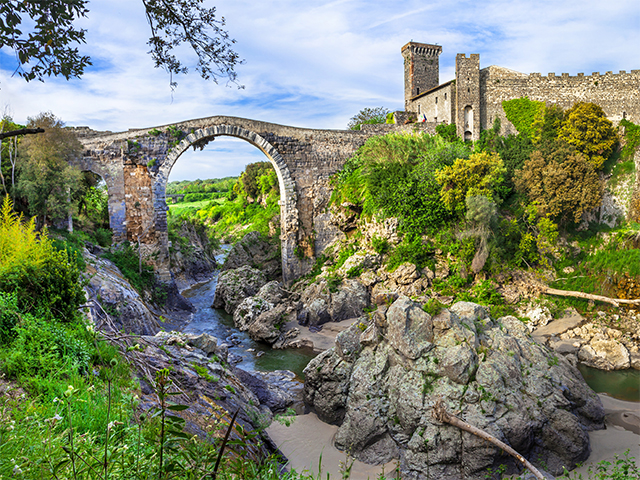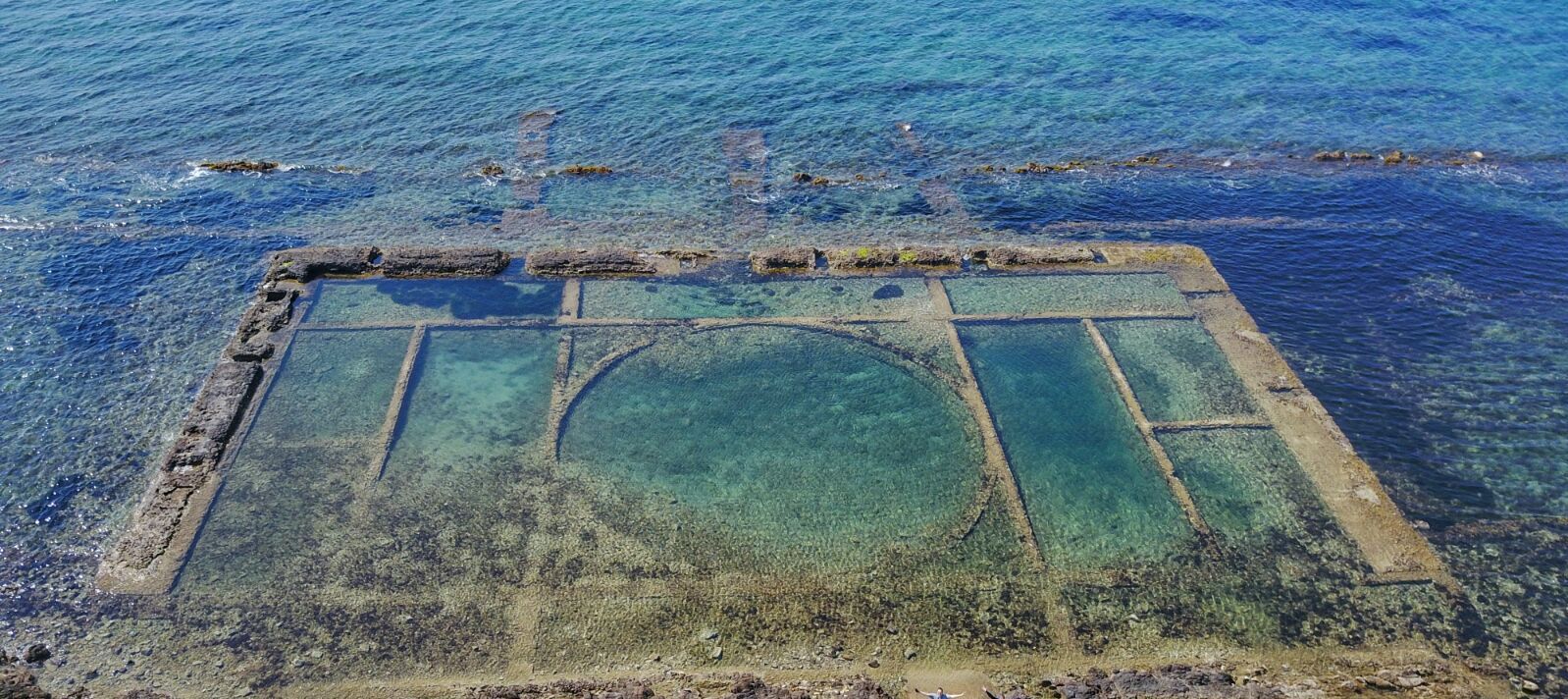 The Roman (Jewish) Ghetto was located in the rione Sant'Angelo, in the area surrounded by today's Via del Portico d'Ottavia, Lungotevere dei Cenci, Via del Progresso and Via di Santa Maria del Pianto close to the Tiber and the Theater of Marcellus, in Rome, Italy.
The Roman (Jewish) Ghetto was located in the rione Sant'Angelo, in the area surrounded by today's Via del Portico d'Ottavia, Lungotevere dei Cenci, Via del Progresso and Via di Santa Maria del Pianto close to the Tiber and the Theater of Marcellus, in Rome, Italy.
Papal bull Cum nimis absurdum, promulgated by Pope Paul IV in 1555 segregated the Jews, who had lived freely in Rome since Antiquity, in a walled quarter with three gates that were locked at night, and subjected them to various restrictions on their personal freedoms such as limits to allowed professions and compulsory Catholic sermons on the Jewish shabbat.
The measures contained in Paul IV's bull, including the establishment of the Roman Ghetto, had the explicit objectives of segregating the Jewish population of the city from the Christian majority, both spatially and legally, and of placing the former on a level of legal and social inferiority with respect to the latter. However, the ghetto was welcome to some Jews who thought that its walls served also to protect the small Jewish community from the possible attacks of Christian mobs and from the drain which must follow from assimilation to the majority, at the same time enabling special religious customs to be observed without interference.]
İn 1798, during the Roman Republic, the Ghetto was legally abolished, and the Tree of Liberty was planted in Piazza delle Scole, but it was reinstated as soon as the Papacy regained control. In 1848, during the brief revolution, the Ghetto was abolished once more, again temporarily.
The Jews had to petition annually for permission to live there, and were disabled from owning any property even in the Ghetto. They paid a yearly tax for the privilege; formality and tax survived until 1850.
They had to swear yearly loyalty to the Pope by the Arch of Titus (it celebrates the Roman sack of Jerusalem).
The requirement that Jews live within the Ghetto was abolished when the last remnant of the Papal States was overthrown on September 20, 1870.
The city of Rome was able to tear down the Ghetto's walls in 1888 and demolish it almost completely, before the area was reconstructed around the new Synagogue of Rome.
The ghetto of Rome was the last remaining ghetto in Western Europe until its later reintroduction by Nazi Germany.
Now it is "one of the Rome's most charming and eclectic neighborhoods, [...] restaurants serving up some of the best food in the city”, like the Jewish specialty of fried artichokes ("Carciofi alla giudìa").
There is one remaining piece of the Ghetto wall, which was built into the wall of one of the courtyards off the Piazza delle Cinque Scuole.






